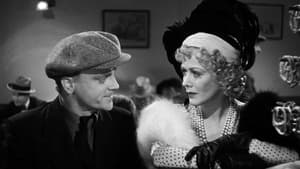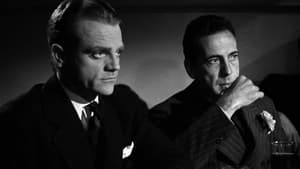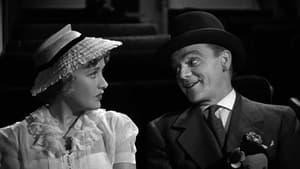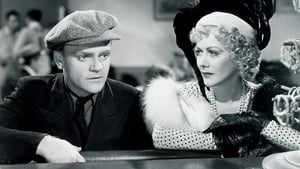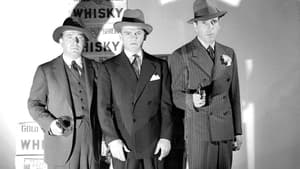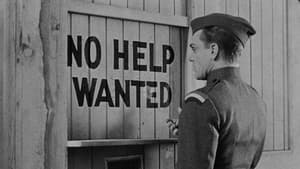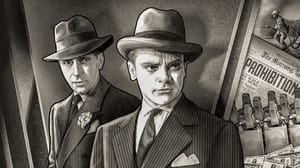Video Sources 0 Views
- Watch trailer
- The Roaring Twenties 1939 Colorized

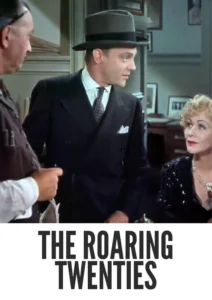
Synopsis
Table of Contents
ToggleJazz, Gin, and Gangsters: The Roaring Twenties (1939) in Dazzling Color

Step back into the tumultuous era of post-World War I America with The Roaring Twenties, a gripping gangster saga from 1939, now brilliantly colorized to bring the period to life. Starring James Cagney, this film plunges you into a world of ambition, excess, and violence, capturing the essence of the Prohibition era. Perfect for fans of classic crime movies and historical dramas, this HD download offers a fresh perspective on a timeless story of the American Dream gone awry. Note that the film is also known as The World Moves On.
The Roaring Twenties Storyline: From War Heroes to Bootleggers
The Roaring Twenties follows the intertwined fates of three veterans returning home from World War I, Eddie Bartlett (James Cagney), George Hally (Humphrey Bogart), and Lloyd Hart (Jeffrey Lynn). Finding themselves struggling to adapt to civilian life, they each embark on different paths, ultimately leading them into the world of bootlegging.Eddie rises through the ranks of organized crime, becoming a powerful and ruthless figure in the illegal alcohol trade. As the stakes escalate, their camaraderie is tested by betrayal, love, and the brutal realities of their chosen profession. The Roaring Twenties culminates in a tragic climax, highlighting the destructive consequences of greed and violence.
Movie Cast
The film features a stellar cast of actors who bring this gripping story to life:
- James Cagney as Eddie Bartlett
- Humphrey Bogart as George Hally
- Priscilla Lane as Jean Sherman
- Gladys George as Panama Smith
- Jeffrey Lynn as Lloyd Hart
Movie Genre
The Roaring Twenties falls into the genre of a gangster film, with elements of crime, drama, and historical fiction that capture the essence of the Prohibition era. Its gritty portrayal of organized crime and complex characters make it a captivating and enduring film.
Historical Context: The End of the Pre-Code Era
Released in 1939, The Roaring Twenties reflects the changing landscape of American cinema as the pre-Code era drew to a close. The film was produced during a time when Hollywood was beginning to self-regulate its content more strictly. The Roaring Twenties offers valuable insights into the social and cultural attitudes of the time.
Colorization Details
This colorized version of The Roaring Twenties has been meticulously restored using modern digital techniques, enhancing the visual appeal while preserving the film’s original atmosphere. The colorization process involved carefully analyzing the grayscale tones of the original black and white footage and assigning appropriate colors to each scene. While the specific software used remains proprietary, the techniques employed included advanced algorithms for color palette selection and image enhancement. This painstaking process brings new life to the characters and settings, making the story even more engaging for modern audiences.
Technical Details
- Director: Raoul Walsh
- Screenplay: Jerry Wald, Richard Macaulay, Robert Rossen
- Story: Mark Hellinger
- Cinematography: Ernest Haller
- Edited by: Jack Killifer
- Production Company: Warner Bros. Pictures
- Distributed by: Warner Bros. Pictures
- Runtime: 106 minutes
Technical Specifications
- Download Format: MP4
- Resolution: HD (1080p)
- Compatibility: Compatible with most devices, including smartphones, tablets, computers, and smart TVs.
Reviews and Critical Reception
The Roaring Twenties (1939) is widely regarded as a classic of the gangster genre, known for its dynamic performances, gritty realism, and historical accuracy. As a defining film of its era, The Roaring Twenties remains a powerful and influential work of American cinema.
FAQs
- Q: What is The Roaring Twenties about?
- A: The Roaring Twenties is a gangster film about three veterans who become involved in bootlegging during the Prohibition era.
- Q: Is The Roaring Twenties (1939) a well-known gangster film?
- A: The Roaring Twenties is a classic of the genre, known for its dynamic performances and historical accuracy.
- Q: Is this version of The Roaring Twenties colorized?
- A: Yes, this version has been professionally colorized to enhance the viewing experience.
- Q: What makes The Roaring Twenties interesting for gangster film fans?
- A: The Roaring Twenties offers valuable insights into the Prohibition era, showcasing the rise and fall of organized crime.
- Q: What is the download format?
- A: The download format is MP4, which is compatible with most devices.
- Q: What resolution is the download?
- A: The resolution is HD (1080p), providing a high-quality viewing experience.
Download Now in HD!
Watch The Roaring Twenties Today!
